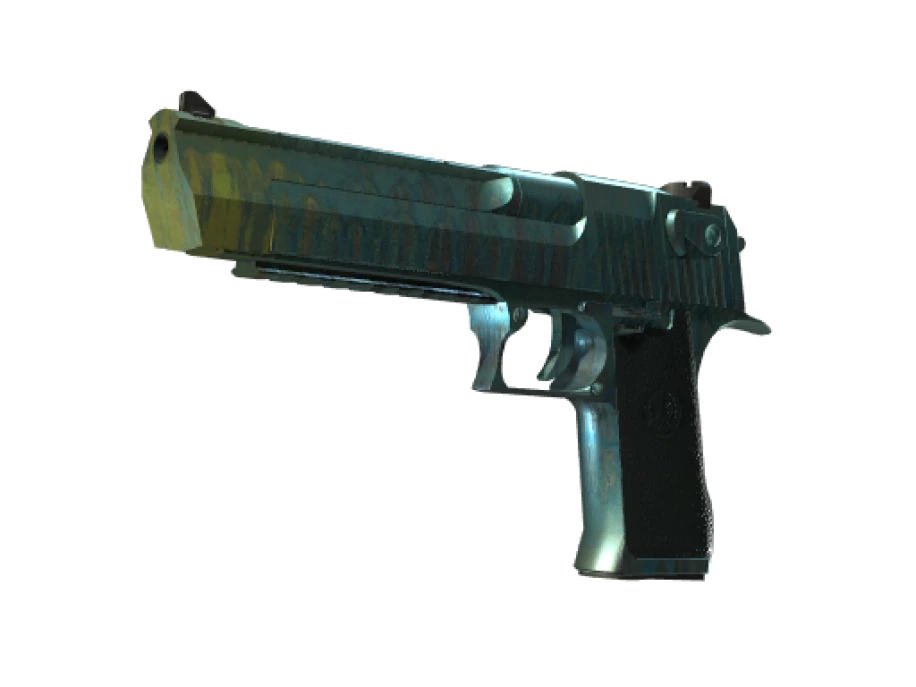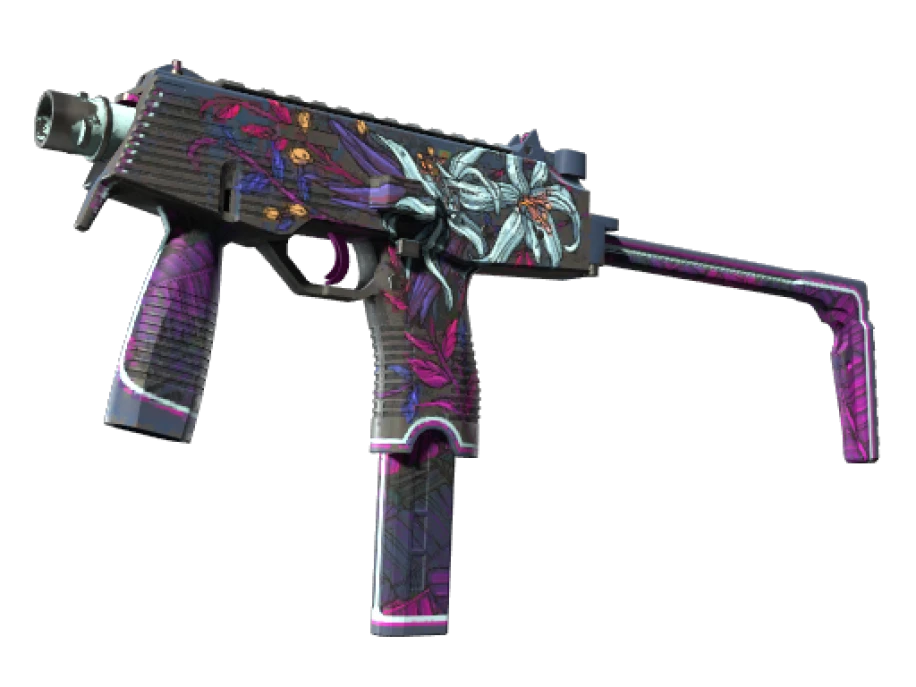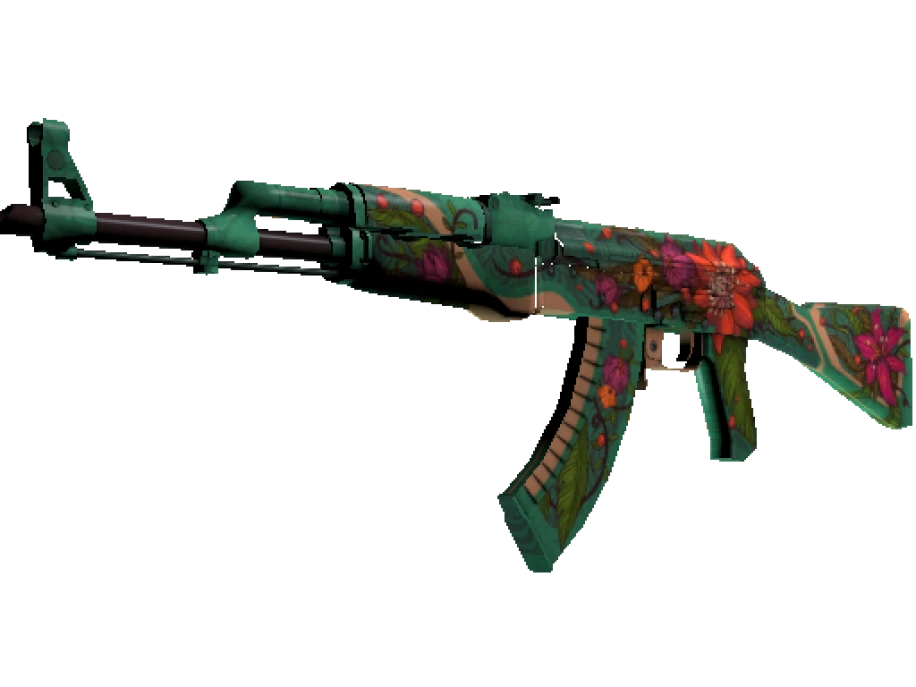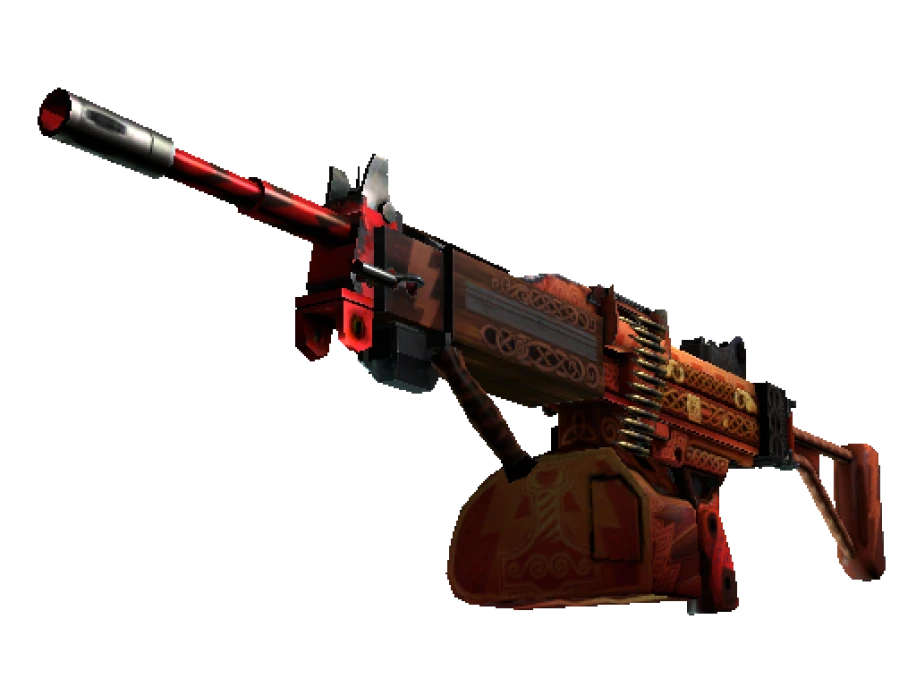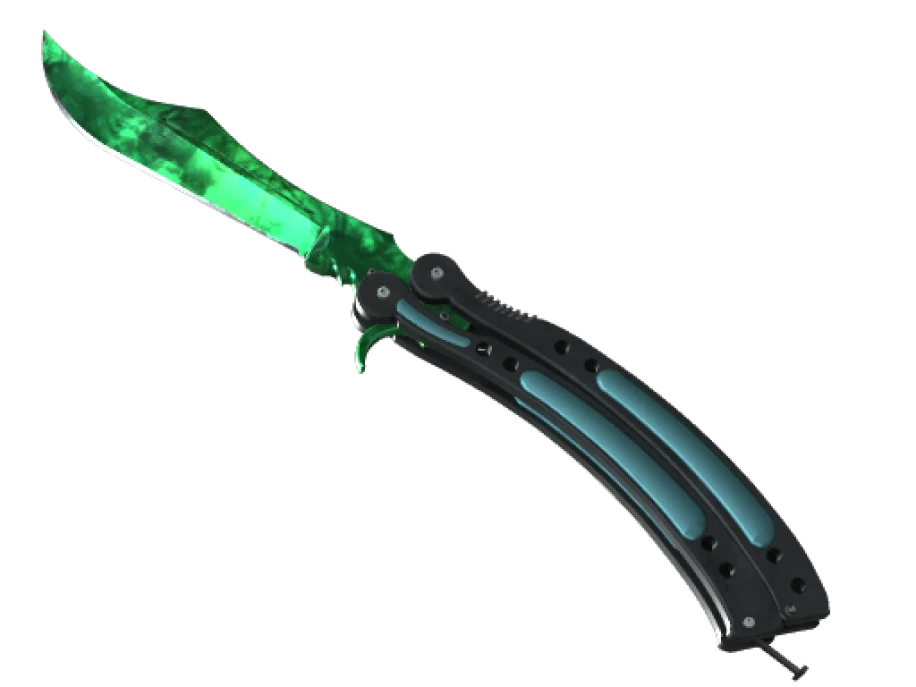Why is VAC the best antichiat system?

Valve is working hard to correct errors in Counter-Strike 2, improving aspects such as peaks and hit boxes. However, there is one big problem: cheaters. Many players find that cheaters everywhere and rarely get bans, whether they are using free or paid cheats. This makes you wonder if Valve Anti-Cheat (VAC) is doing enough to fight cheaters. Let’s see why VAC can still be a strong anti-chit system and what happens to cheating in CS2.
Why are people dissatisfied?
Players are upset because they believe that Valve is not doing enough to fight cheaters. Some believe that Valve should fire the VAC command or create a system to block the cheating software, as the Faceit does. There are even rumors that some players use special devices for cheating and winning in large online tournaments. Others argue that platforms such as Facebook or EASY AC don’t fully solve the problem – they can simply allow cheaters to compete with impunity. So, what is the Valve plan? Perhaps they know more about cheating than we think?
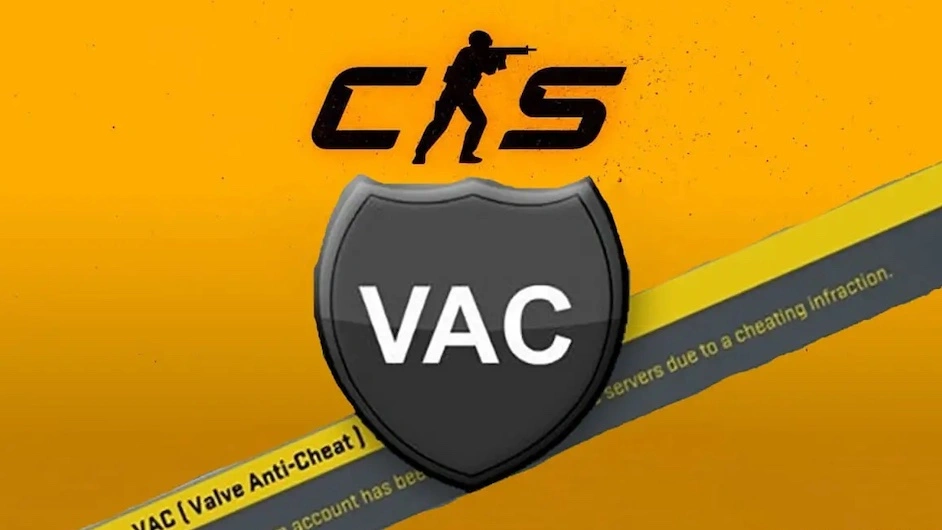
What is cheat?
To understand VAC, you need to know how cheats work. Here are the main types:
- Inject cheats: They are cheap and common. These are programs that players download to change the game code, getting, for example, the ability to see through walls, accelerate or receive fake skins.
- Internal and external cheats: They are harder to detect. Instead of changing the game, they read information from your computer, for example, where other players are, and display it on the screen.
Why not just stop cheats?
It may seem that stopping cheats simply by scanning the player’s computer for malware. Faceit tries to do this with a system that carefully checks your computer, even before running Windows. But cheaters still find ways to get around it. Some cheats don’t even work on the player’s computer, making them difficult to detect.
How does VAC work?
Valve has been dealing with cheaters for many years, so probably understands the cheating. If VAC tried to aggressively block each type of cheat, cheaters could turn to more complex tools, such as DMA cards, which could worsen the situation — even on platforms like Faceit.
VAC can use a system called VAC Net, which works with the so-called Trust Factor. If the game believes that someone can cheat but is not sure, Trust Factor lowers their rating and compares them with other suspicious players. If they are innocent, they will quickly return to normal games. But if they continue to behave like cheaters, they can be banned.
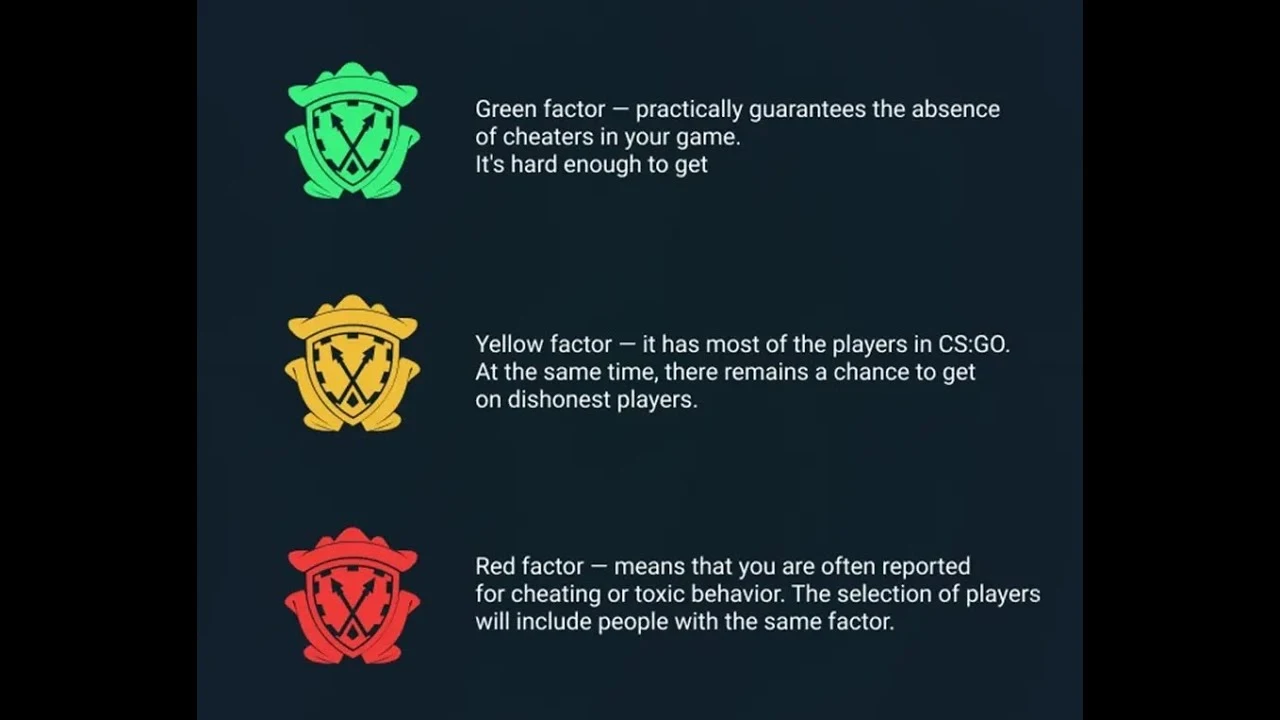
Why VAC Deserves Praise
Valve Anti-Cheat (VAC) is often criticized, but it is worth noting the impressive work that it does behind the scenes. VAC is a complex system that has been battling cheaters in Valve games for years, including Counter-Trike 2. Its strength lies in the ability to quietly evolve, catching cheaters, not always warning them. Unlike some anti-reading systems that rely on rigorous scans or invasive methods, VAC finds a balance, protecting player privacy and effectively targeting malware.
Using VAC advanced tools such as VAC Net, which analyzes game patterns to detect suspicious behavior, demonstrates Valve’s commitment to stay ahead of the cheaters. Combined with Trust Factor, VAC skillfully sort players to support fair matches, minimizing obstacles to fair gamers. The fact that Valve has been supporting VAC’s work for millions of players for so long is a great achievement, testifying to their experience and the desire to make CS2 a fun and fair game.

What’s next?
It’s hard to say exactly what Valve is doing, but they’re probably improving VAC behind the scenes. By the end of the year, we can see something better than Faceit or other anti-chit systems. Stay patient and good luck in your CS2 matches!
